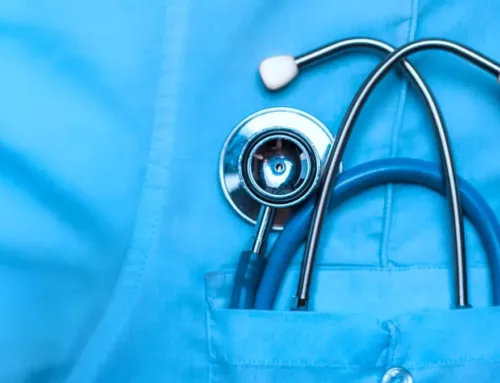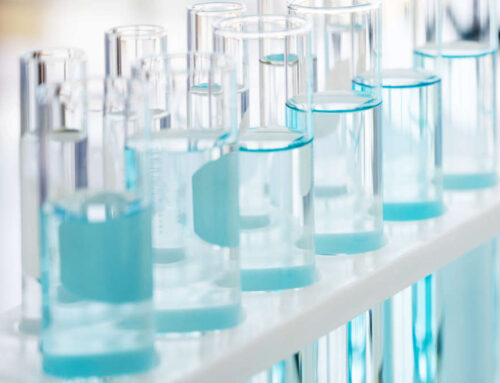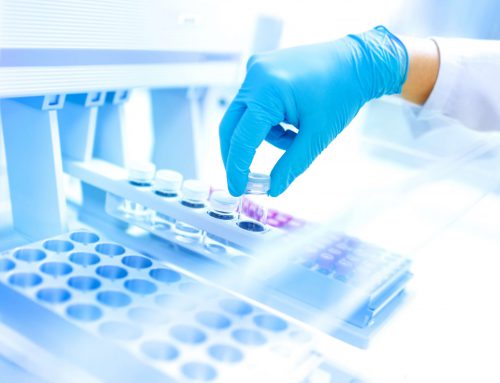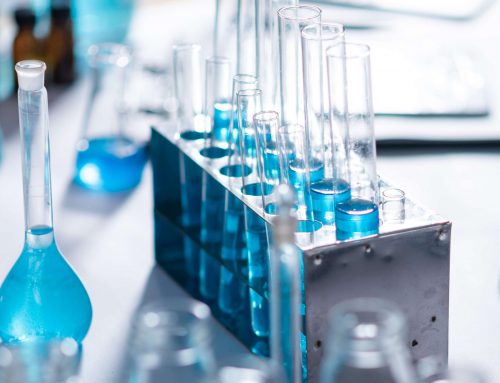A few months from 26th May 2020, the date of entry into force of the (EU) 2017/745 Regulation on Medical Devices, doubts arise about the real possibilities of meeting the deadlines. Here are the considerations emerged at the 59th edition of the AFI Symposium held in Rimini from 5th to 7th June.
The new regulation will bring several changes, which will involve, in addition to vigilance and safety, also the definition of medical device, of the related risk classes and of the borderline products. The latter, as the name implies, do not fall into a specific sector, it is therefore complex to understand which reference legislation to apply: directives on drugs, biocides, cosmetics, supplements or protection products can be applied individual. In order to ensure a more coherent classification of these products, the new regulation provides the Member States to decide whether a product falls within the MDR/IVDR application or not. The European Commission can activate itself on a specific product not only upon indication of a Member State but also independently, always subject to the opinion of the Medical Devices Coordination Group.
A working group “Borderline and Classification medical devices expert group” was also set up at the European Commission to discuss borderline cases. The decisions taken will be included in a specific Manual, which is not legally binding, but acts as a guide.
However, the changes will not only affect the producers, but also distributors, agents, importers and Notified Bodies. Precisely the latter, in fact, in order to evaluate and (re-)certify the conformity of medical devices will have to be re-designated. This process takes at least 18 months..
Furthermore, the number of products to be accredited for by Notified Bodies will be higher, since the Medical Devices of class I, such as those substances based, will be reclassified to a higher risk class. Consequently, the surveillance has to be applied to a greater number of devices to which over 35000 IVDs will be added.
The situation becomes even more complicated with the imminent Brexit, since around 30-40% of medical technologies in the EU are certified by the British Notified Bodies: the work of these will therefore have to be acquired by the Notified Bodies of other EU states.
Given the amount of changes to be implemented and the approaching of the entry into force of the regulation, it would seem that the date of May 26th, 2020 will hardly be respected.







